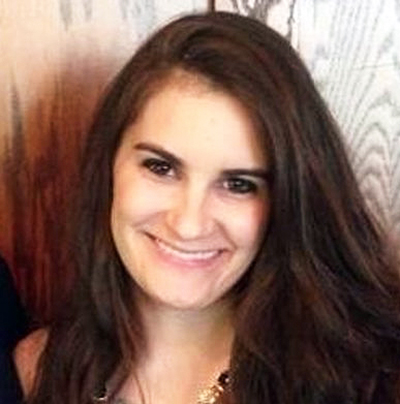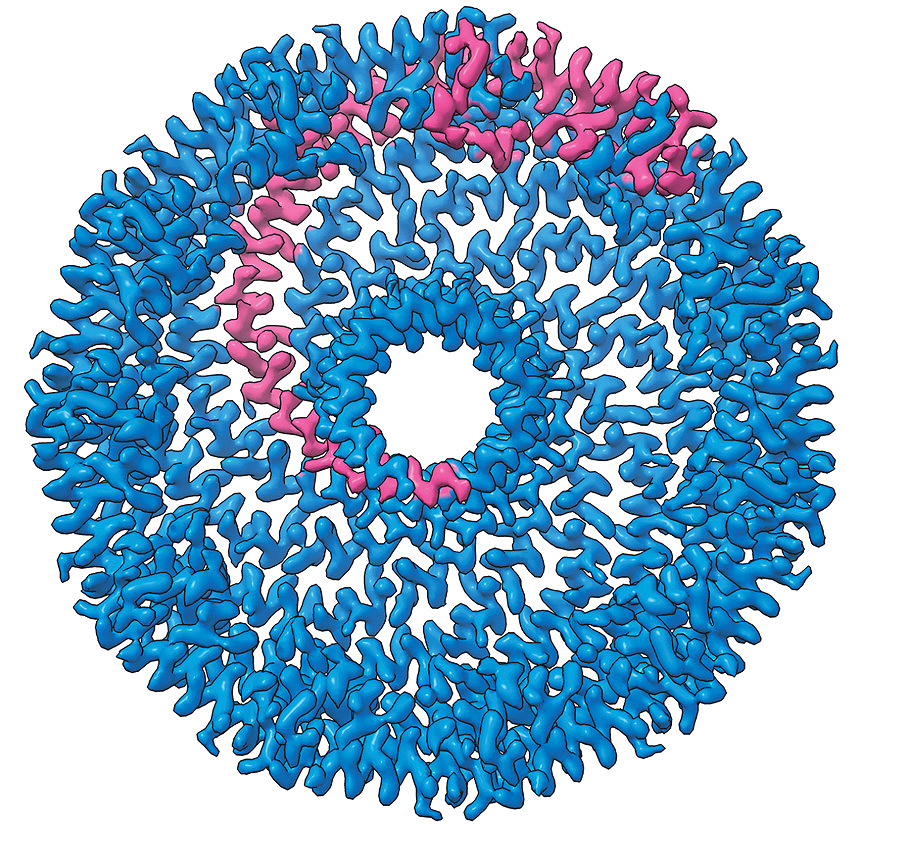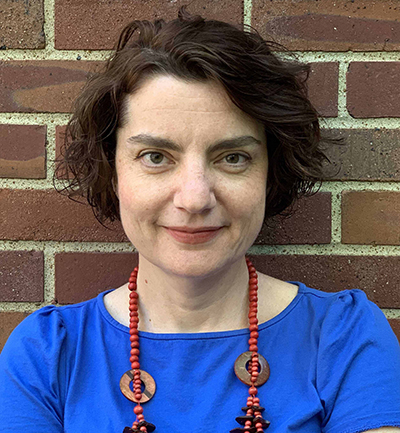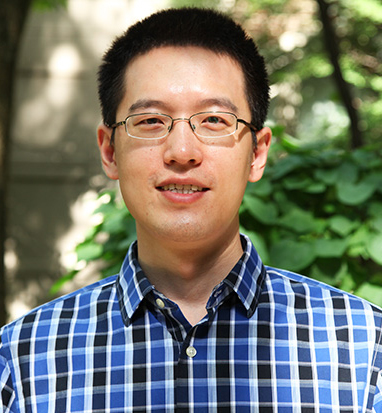Discovery
-

Richmond lab identifies a key regulator of melanoma development
By Kensey Bergdorf Ann Richmond In a continuation of previous work studying the role of chemokine receptor CXCR2 in immune cells published in Cancer Immunology Research, the lab of Ann Richmond, Ingram Professor of Cancer Biology and professor of pharmacology, has identified that same receptor as a regulator of melanoma… Read MoreJun. 15, 2023
-

Study establishes molecular basis for interaction between an essential protein complex and its regulator
By Leah Mann The labs of Lauren Jackson, associate professor of biological sciences and biochemistry, and Todd Graham, Stevenson Professor of Biological Sciences at the College of Arts and Science and professor of cell and developmental biology, recently published a study in the Journal of Cell Biology… Read MoreMay. 23, 2023
-

Study establishes mediator of alpha cell proliferation, important for diabetes treatment
By Leah Mann Wenbiao Chen, Ph.D. The lab of Wenbiao Chen, associate professor of molecular physiology and biophysics, identified a signaling pathway for hyperaminoacidemia-induced alpha cell proliferation. Hyperaminoacidemia, or an excess of amino acids in the bloodstream, occurs when the function of glucagon, a pancreatic hormone that raises glucose levels… Read MoreMar. 16, 2023
-

Diversity in infectious mold species impacts respiratory disease severity in humans
By Caroline Cencer Anne Hatmaker Fungal diseases caused by pathogenic fungi such as molds affect millions of people worldwide every year. Despite the high prevalence of fungal diseases, the mechanism of infection is not well understood. The laboratory of Professor of Biological Sciences Antonis Rokas, led by graduate student Anne… Read MoreFeb. 3, 2023
-

CRISPR screen identifies role for a specific protein in insulin secretion
By Leah Mann Wenbiao Chen, Ph.D. The labs of Wenbiao Chen, associate professor of molecular physiology and biophysics, and Irina Kaverina, professor of cell and development biology, recently published a study in Molecular Metabolism focused on detecting genes that regulate insulin secretion. The authors demonstrated a new… Read MoreJan. 25, 2023
-

Collaborative research yields new protein structure
Structure of a caveolin-1 complex obtained using cryo-electron microscopy. A protomer, or a structural unit, is highlighted in magenta. The image was cropped to focus on panel A of Figure 1 of the paper, modified and published here in accordance to a CC BY-NC 4.0 license. Read MoreMay. 16, 2022
-

Investigating the direct effects of SSNA1 on microtubules
By Emily Overway Marija Žanić, Ph.D. The lab of Marija Žanić, professor of cell and developmental biology, is investigating the regulation of microtubules. Work led by former postdoctoral fellow Elizabeth Lawrence, recently published in eLife, details the role of microtubule-associated protein SSNA1 in… Read MoreApr. 19, 2022
-

Improving insulin sensitivity
By Wendy Bindeman Ambra Pozzi Ambra Pozzi, professor of medicine and of molecular physiology and biophysics, first author Kakali Ghoshal (a postdoc in the Pozzi lab), and colleagues recently published a study showing that supplementation with an analog of a lipid metabolite called epoxyeicosatrienoic acid, which is involved in insulin… Read MoreMar. 15, 2022
-

Mass spectrometry analysis reveals massive insight into neuronal signaling
Heidi Hamm, Yun Young Yim By Emily Overway Researchers in the lab of Heidi Hamm, a professor of pharmacology who also holds the Aileen M. Lange and Annie Mary Lyle Chair in Cardiovascular Research, recently published a paper exploring the G protein subunits that interact with the SNARE complex. The… Read MoreMar. 3, 2022
-

CD40 expression correlates with response to immunotherapy in melanoma patients
L-R: Ann Richmond, Chi Yan By Wendy Bindeman Ann Richmond, professor of pharmacology, and Chi Yan, a research assistant professor in the Richmond lab, recently published a study showing that expression of a protein called CD40 can be used to predict response to immunotherapy in malignant melanoma. Read MoreMar. 1, 2022